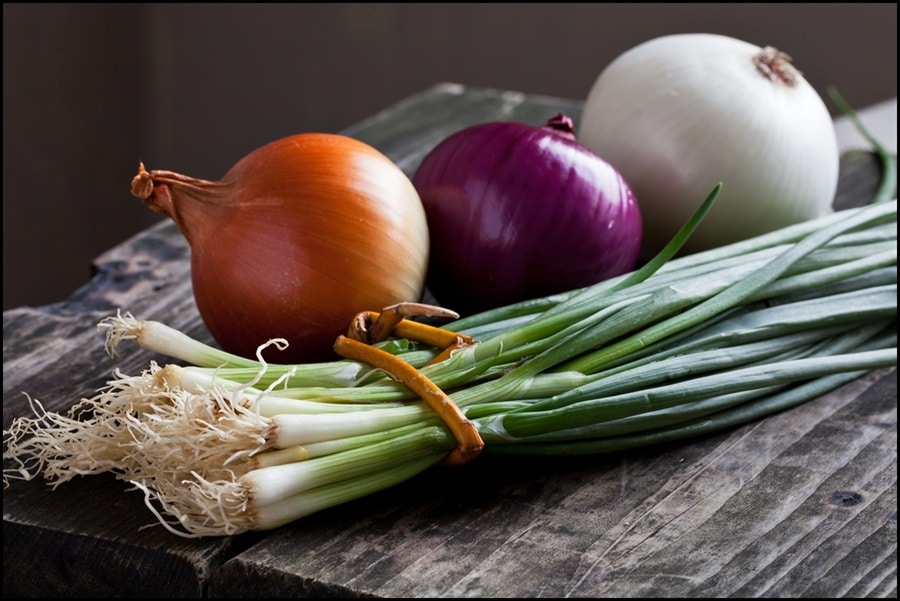Do you know about the health benefits of ancient grains? These grains have been around for centuries, and they are starting to make a comeback in the world of nutrition. Many people are unaware of the health benefits of ancient grains, but they offer some unique advantages that you won’t find in other types of grains. This article will discuss some of the most popular ancient grains and their health benefits.
Contents
Ancient Grains and History
The origins of ancient grains can be traced back to the Fertile Crescent, a region in the Middle East that includes modern-day Turkey, Syria, and Iraq. It is here that archaeologists have found evidence of the world’s first cultivated wheat and barley. These early grains were likely domesticated by the people of the Natufian culture, who began to settle in the Fertile Crescent around 12,000 BCE. The Natufians were hunter-gatherers but also practiced a form of agriculture known as “slash-and-burn,” which involved clearing a patch of land and burning the vegetation to help fertilize the soil. After a few years, soil fertility would decline, and the Natufians would move on to new land. This cycle continued for thousands of years, during which time the first ancient grains were domesticated. The Fertile Crescent was not only home to the world’s first cultivated wheat and barley but also where rice was first domesticated. Unlike wheat and barley, which are both types of grass, rice is a grain that comes from a species of flowering plant known as Oryza sativa. The earliest evidence of rice cultivation comes from China, which has grown for over 8,000 years. Rice was introduced to other parts of Asia and Africa by traders and travelers, and it eventually made its way to Europe via the Moorish conquest of Spain in 711 CE. Today, rice is cultivated worldwide, and it is one of the most important crops in terms of food security and global trade.
Millet

Millet is a small, round grain cultivated for centuries in parts of Africa and Asia. Though it is often a bird food, millet is a nutritious grain packed with vitamins, minerals, and fiber. It is also relatively low in calories and fat. Millet can be cooked like rice and used in various dishes, or it can be ground into flour and used for baking. Because of its nutrient content, millet has many health benefits. It has improved digestion, lowered cholesterol levels, and promoted weight loss. Additionally, millet is a good source of magnesium, which is essential for bone health. So next time you want a healthy grain to add to your diet, remember millet.
Sorghum

Sorghum is an ancient grain native to Africa and has been grown there for thousands of years. It is a versatile crop used for food, animal feed, or even fuel. Sorghum is a drought-tolerant crop, and it is now being grown in many parts of the world as a more sustainable alternative to corn. Sorghum is an ancient grain that is worth rediscovering. Sorghum is a good source of several nutrients, including iron and magnesium. It is also high in fiber and antioxidants. Sorghum has a variety of uses, and you can cook it the same way as rice. It can be eaten on its own or used as a base for other dishes. It is healthy and versatile, and it has the potential to help meet the challenges of our changing world.
Teff

Teff is an ancient grain that originates from Ethiopia; it is a small, round grain about the size of a poppy seed. Teff has a nutty flavor and a slightly chewy texture. It is high in fiber and protein and a good source of iron. Teff is also gluten-free, making it a good option for people with celiac disease or gluten intolerance. You can cook the grain or eat it raw, and you can use it in a variety of dishes. Teff can be used in place of rice or couscous or added to baked goods or breakfast cereals. Because of its nutritional benefits, teff is increasingly recognized as a healthy ancient grain.
Rye

Ancient grains have been around for centuries and are a staple in many cultures. They are typically unrefined and packed with nutrients. Rye is one of these ancient grains and has many health benefits. Rye is a good source of fiber, which can help with digestive problems and weight loss. It is also high in magnesium, which helps to keep bones strong and prevents migraines. In addition, rye is rich in antioxidants, which can help to protect the body from disease. When it comes to ancient grains, rye is one of the most nutritious and has numerous health benefits. So next time you’re looking for something healthy to eat, include rye in your diet.
Amaranth

For centuries, amaranth has been a staple grain in many cultures worldwide. Also known as “kiwicha” in Peru and “rajgira” in India, amaranth is a highly nutritious grain packed with essential vitamins and minerals. It is also a good source of fiber and protein, making it a perfect addition to any healthy diet. Amaranth is particularly rich in iron, calcium, and magnesium. It also contains high levels of antioxidants and phytochemicals, which can help to protect against various diseases. Some studies have even linked amaranth consumption with reduced cancer risk and heart disease. Amaranth is gluten-free, making it an excellent alternative for those with gluten sensitivities. So if you’re looking for a healthy and delicious ancient grain to add to your diet, be sure to give amaranth a try!
Will You Try One Of These Ancient Grains?
In conclusion, ancient grains are a great addition to any healthy diet. They are packed with nutrients and can offer numerous health benefits. So next time you’re looking for something new to try, consider incorporating one of these ancient grains into your meals: millet, sorghum, teff, rye, or amaranth. Your body will thank you!


